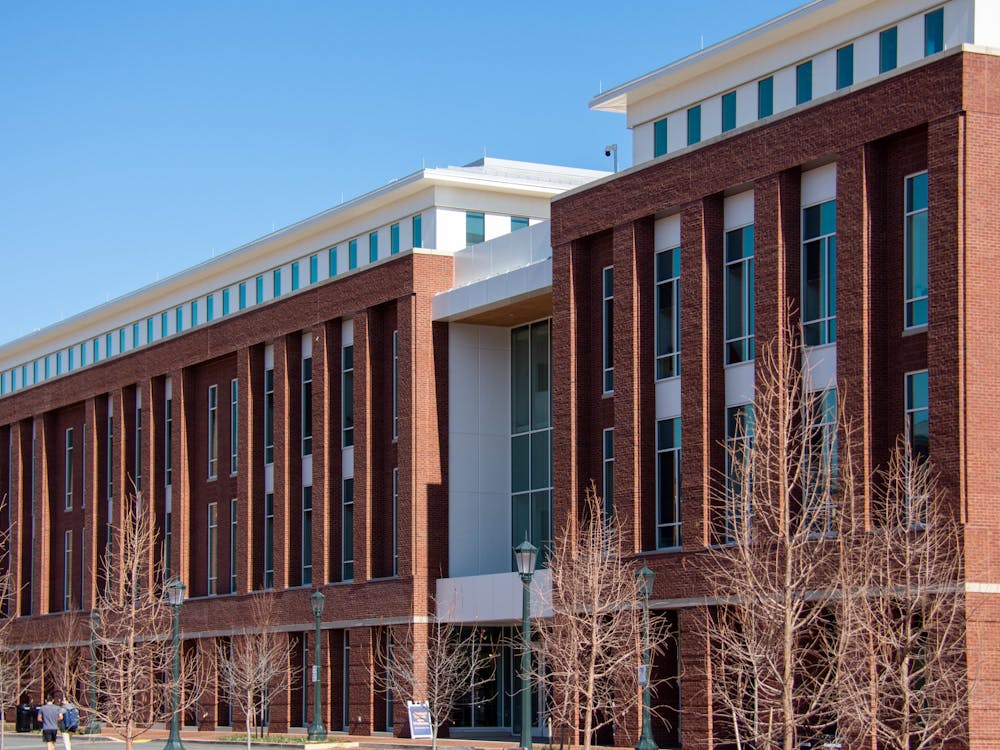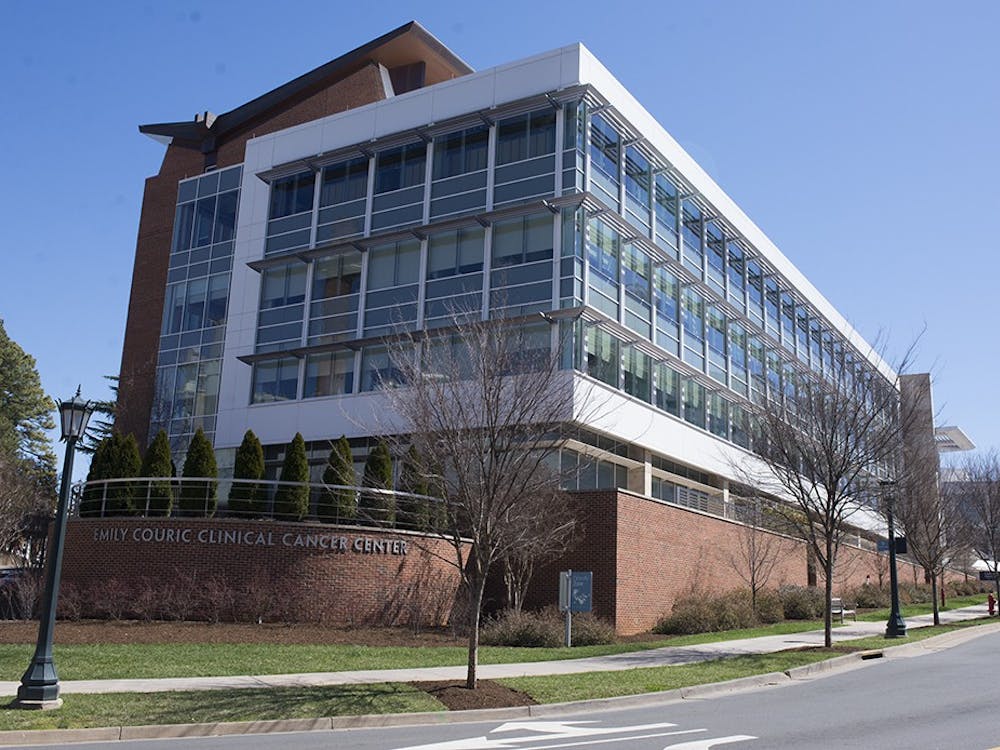Pop culture has dramatized it. People Magazine and US Weekly document it frequently. Michael Jackson, Pamela Anderson and Dolly Parton have all done it. But Hollywood glamour and post-op paparazzi pictures do not depict all the different aspects of plastic surgery.
While most television shows and tabloid magazines discuss plastic surgery in terms of improving a person's appearance, plastic surgery can also be used to help improve people's health both physically and mentally. The American Society of Plastic Surgeons divides plastic surgery into two general categories: reconstructive and cosmetic.
The ASPS defines reconstructive surgery as surgery "performed on abnormal structures of the body, caused by congenital defects, developmental abnormalities, trauma, infection, tumors or disease. It is generally performed to improve functions, but may also be done to approximate a normal appearance." The ASPS Web site defines cosmetic surgery as "surgery performed to reshape normal body structures to improve the patient's appearance and self esteem."
Although these two categories are helpful in distinguishing the different reasons for going under the knife, they often overlap, according to Dr. Thomas Gampper, associate professor and vice chair of the department of plastic surgery at the University of Virginia.
"I don't always differentiate reconstructive and aesthetic surgery," Gampper said. "Some use the term 'functional.' A breast reduction can be functional, relief of pain [and] increased ability to exercise, and aesthetic, no more drooping breasts. Upper eyelids can be droopy and block one's vision to where they lose peripheral vision, [causing a] car accident, or it can simply be a matter of appearance. Same procedure, different indications, and more importantly, different expectations."
Reconstructive surgeries may be performed on burn patients and on those who have had cancer surgeries, such as a breast removal, according to Christopher Campbell, a medical resident working in plastic surgery. Campbell added that he and his colleagues will also do reconstructive surgery on those who have had a traumatic injury to make a body party functional.
Breast reduction, which is done for both cosmetic reasons and to improve a patient's quality of life, is one of the more common procedures. In 2006, 145,822 women and 23,670 men underwent breast reduction surgery, according to ASPS.
"People with large breasts that have neck pain, back pain, or develop rashes beneath their breasts are people who might be good candidates for breast reduction," Campbell said.
Campbell explained that breast reduction is an extreme solution and that, in general, it is best to try other solutions first.
"We suggest weight reduction, exercise modification and wearing more supportive sports bras to minimize pain," Campbell said. "We want to see if these things help first and if the problem still persists, then we recommend breast reduction."
Nationally, the most common breast reduction procedure, according to Campbell, is the inferior pedicle technique, which involves an incision around the areola extending down across the crease beneath the breast and the removal of excess glandular tissue, fat and skin. The surgeon then moves the nipple and areola into a new position.
Though this is the most common technique, "every surgery is tailored to the patient," Campbell said.
Risks of a breast reduction surgery include bleeding, loss of ability to breast feed, loss of sensation at the nipple, color changes, and rare infection at the area of the surgery or the collection of blood or fluid under the skin that will need to be drained, according to Campbell.
This procedure is often seen as a positive change to help make women less self-conscious and allow them to participate in more physical activities.
"My patients that undergo this procedure are in general the happiest group of patients that I have," said Dr. Kant Lin, a professor in the Department of Plastic Surgery at the Medical School. "This procedure is not done for cosmetic purposes, but for very significant and sometimes debilitating symptoms. Relief of these symptoms postoperatively is almost instantaneous."
While women's reasons for undergoing breast reduction surgery are often related to medical problems associated with large breasts, men elect breast reduction as treatment for gynecomastia or overdeveloped male breasts.
Campbell added that, before being able to have the surgery, patients must be evaluated to eliminate other factors that could contribute to breast enlargement, such as glandular issues, medications, drug abuse and tumors.
If these other factors can be eliminated, the patient may opt for a breast reduction, which can be as mild as liposuction or as extreme as removal of breast tissue.
While many women reduce breast size to decrease back pain, 383,885 women underwent breast augmentation in 2006, according to the ASPS. Last year, American women spent a grand total of $1,185,920,285 on breast augmentation, costing $3,600 on average, for surgeon and physician fees, according to ASPS.
During a breast augmentation, a "silicone or saline implant is placed beneath the breast tissues, through [a] small incision in the axilla, areola or in [the] fold below the breast [or] occasionally through the belly button," Gampper said.
Gampper said the two different types of breast implants -- silicone and saline -- are equally safe.
The silicone "feels more 'breast-like,'" Gampper said. The saline implant "is less likely to form [a] thicker scar capsule, can be placed through [a] smaller incision and is adjustable, [which] can compensate for women's breasts rarely being symmetrical."
As with any surgery, there are potential risks during and after breast augmentation. Bleeding and infection can occur, but specific to breast implants, one could experience infection or the breast opening up and becoming exposed. Both of these risks, which are extremely rare, would require removal of the implant, according to Campbell.
Campbell also explained that with any surgery, there is a risk of asymmetry.
"If someone was not symmetrical before the surgery, they may not be symmetrical after," Campbell said. "it is important to realize that asymmetry is always a possibility.
While breast augmentation was the most common cosmetic surgery for women in 2006, liposuction, also called lipoplasty, was the most common cosmetic surgery for men, with 53,263 men undergoing the surgery. The surgery was the second-most common cosmetic surgery for women, with 350,420 women undergoing liposuction, according to ASPS. Americans spent over $832 million on liposuction last year, with the average national surgeon and physician fee at $2,750, according to ASPS.
During liposuction, a dilute anesthetic and saline solution is placed into the fat pockets; then cannulae, which are hollow tubes with a three-millimeter diameter, are placed through small incisions, Gampper explained. With a vacuum attached to the tubes, Gampper said, "The fat is aspirated." There are several different techniques for removing the fat.
Gampper added that most people who undergo liposuction are not obese.
"They just need a helping hand with certain areas," Gampper said.
Side-effects from liposuction are not common but include bruising beneath the skin, which almost always goes away, or contour abnormalities, according to Campbell.
Patients undergoing liposuction should have realistic expectations.
"One hundred percent of fat is never removed from the treated areas," Gampper said.
Unfortunately, if the patient gains significant weight after the surgery, the weight gain can occur in an unnatural way.
"The body will put the excess calories somewhere in the form of fat," Gampper said. "It will try its 'favorite' spots first, but after they are maxed out -- quicker because there is no longer as much capacity in these liposuctioned areas -- it will put it elsewhere."
Although cosmetic surgery is not medically necessary as reconstructive surgery often is, many people -- approximately 11.5 million in 2006, according to ASPS -- opt for plastic surgery for "rejuvenation, because what they feel inside is not reflected with what they see in the mirror," Gampper explained.






